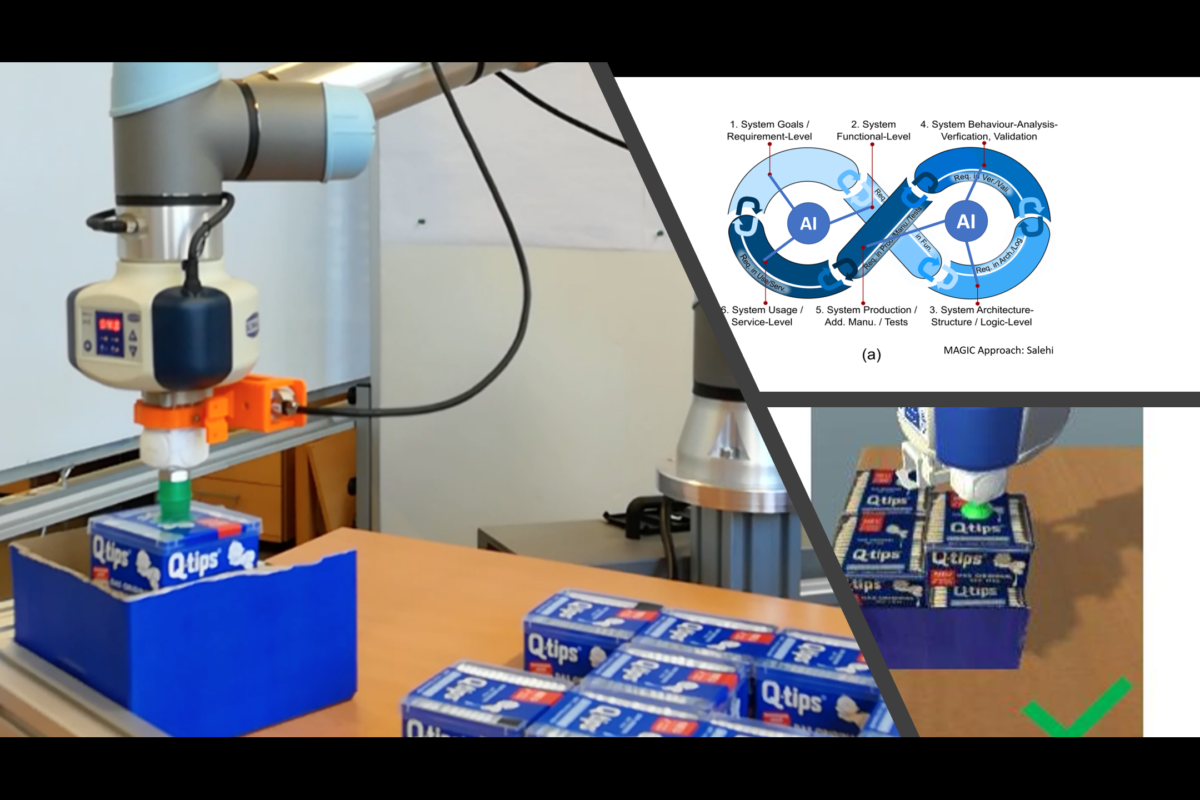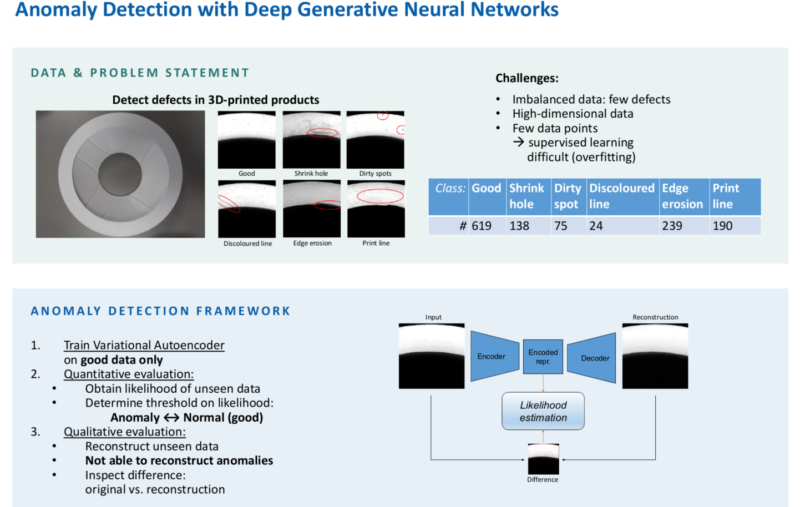
MAGIC machines…and the growing complexity in system development
Representing a systems development lifecycle, the classic V-model may have served well in the past, but when it comes to agility in modern digitalisation, it is reaching its limits. Looking for a more suitable basis of model-based systems engineering (MBSE), work package 8 co-leader Vahid Salehi proposes a new approach. The concept in question is MAGIC, created by Salehi, head of the EDMS institute in Munich, Germany.
The short name stands for Munich Agile Concept for MBSE. “Compared to the V-model with its lack of functions for a smooth transition, MAGIC is more like a self-learning and adaptive system including AI algorithms,” Salehi says. “As part of the research activities in WP8 Automation and Digitisation Pilot Lines and Test Beds, it is a milestone for Productive4.0.”
Insufficient V-model
Apart from the project, Salehi also initiated meetings and a round table with other industrial partners where his new approach tackled crucial aspects. “Taking a closer look at MBSE from different perspectives, the current approach based on the V-model showed enormous weaknesses. As to methods and processes, the interpretations do not take into account the agile concept, production and test phases as well as the usage and service level. And it is not possible to follow and examine the requirement defined in the first stage in the following steps of the model. Furthermore, there are challenges like inconsistencies, lack of transparency and others”.
With MAGIC instead, model-based engineering reveals to be a promising approach for transparent, end-to-end system development when it comes to mastering the complexity of development processes. “MAGIC, which is derived from the agile method and form of the DevOps infinity loop model, consists of a total of six levels,” Salehi says. Since it deals with electronics, mechatronics and software, he prefers to explain the individual steps by the example of a robotic vehicle. “Imagine we wanted to construct something like an EDMS Rover, we would follow the same six levels”.
Six MAGIC steps to create a rover
System goal/requirement would cover the categories electronic, mechatronic, software-related and higher-level. Accordingly, batteries, control units or solar modules are needed, and then an electric engine or servo motor, followed by embedded systems and mobile applications. In addition, the higher-level requirement must contain all points to be considered first for the entire project.
On the functional level, we have movement, energy transformation and signal transformation. The function Rover Movement, for instance, will meet the higher-level requirement “Movement” with the detailed description: Rover must have drive mode, climbing mode, chain drive. This function in turn, will integrate the driving control with height change function, initialization function, steering function and speed control. Since the introduction of the solar panel is one of the requirements, we must include “photonic to electrical energy” under “energy conversion” at the functional level of the system.
In system architecture – structural we create a tree structure to capture each individual component of the Rover and its relationship to other system components. In this case we design the vehicle from the four main parts body, autonomous system, chassis, electrics/electronics. The system logic level should also include an auxiliary machine to demonstrate the different modes and levels of the Rover. Once being started, it would wait for various signals from the operator.
On the verification and validation level different types of simulations are required. Simulations for safety, component testing, functional testing and the calculation of physical values are the most important factors to be verified and validated. Simulation tools like Matlab Simulink can be helpful, for instance when simulating locomotion with its various modes.
System production/additive production/ test stage. Manufacturing goes directly to the core of the supply chain, from the procurement of raw materials to the delivery of finished products to customers. With increasingly complex production and logistics, outsourced activities and suppliers and target groups all over the globe, the use of a 3D printer is recommended. After setting up the configuration and parameters, the designed CAD model would be sent to the printer. Team production, simulation and test development are included.
For System use/service level the real IoT scenario (Internet of Things) is taken into account. Installed sensors record the environment and store the data in the data logger which would be compact, battery operated, portable and equipped with a microprocessor, internal memory for data storage and sensors. In this phase the team “Electronics” and the team “Software” is included. The entire process is just one of the application examples of the Rover. Depending on requirements and conditions, more usage possibilities and services could be offered.
Hands-on self learning robot
As logic and obvious the concept may appear, in detail it meets highly complex processes. While the Rover development was presented to check the feasibility of this approach, EDMS translated the MAGIC model into a hands-on robot, integrating artificial intelligence (AI).
Comprising the four elements system design, module control, neural network training and application validation, the institute created a development framework which supports MAGIC with an AI tool chain. The focus is to integrate reinforcement learning in AI. The Reinforcement Learning Lifecycle enables the development of robot behaviour in a process flow. With MAGIC the machine is able to learn specific tasks independently.


